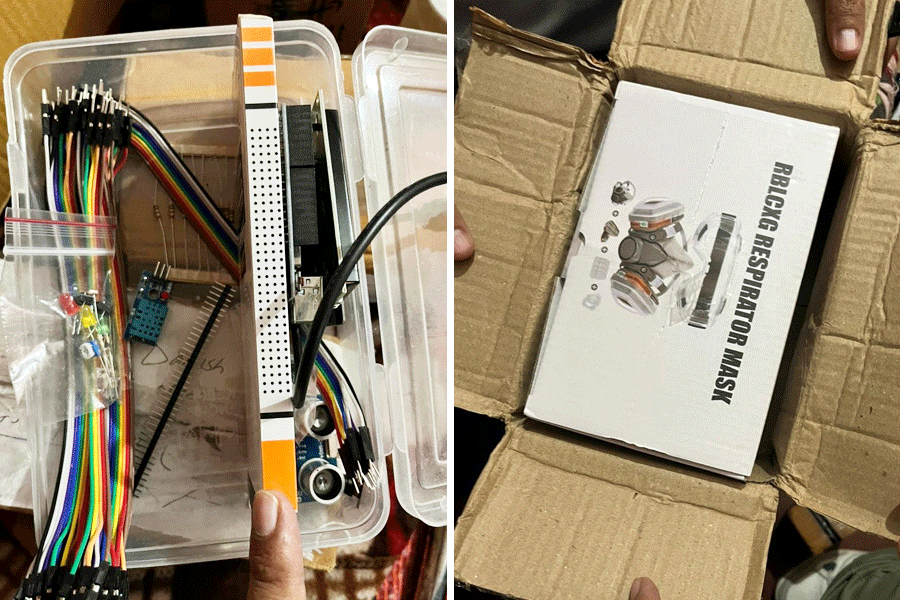Think bridge and the picture that comes to mind is either one of retired old gentlemen and their elderly wives gathered around a card table, or of society ladies whiling away their afternoons. But this is a conclusion that is increasingly being questioned. Bridge may be fun and a great way of passing time, but it is more than that. It is not only a way of enjoying oneself but also a means of stimulating the brain cells.
What is more, research amongst a group of elderly volunteers in California has shown that participating in the game can boost the number of immune cells in their blood. Blood samples taken from a dozen women above 70 before and after they had played a 90-minute bridge set showed that in several of these women, levels of ‘helper’ T-cells (cells which influence the activity of other cells that produce antibodies) had increased significantly after the game. In other words, keeping one’s brain fit and healthy with intellectual activities such as bridge may benefit the rest of the body.
But is bridge a game only for the old? If bridge can rejuvenate ageing brain cells, can it also sharpen young brains? Many teachers have begun to think so. In the UK, apart from bridge schools that have introduced new junior courses to cater to children 10 years old and over, regular schools have also, for the last couple of years, embarked on an effort to encourage 11 to 17 year olds to participate in the game in after-school clubs. Not that they require much persuasion, if reports are to be believed. Surprisingly though, it may seem that these children are very receptive and really want to learn the game. According to teachers involved in this exercise, bridge is proving to be a boon for young brains that need to learn logic and hone mathematical and memory skills. “The children learn decision-making and how to size up arguments and come up with the answer,” says one teacher.
A simplified version of the game called MiniBridge was developed in Holland over 20 years ago. This is a perfect starter pack of the game, which can even be used by teachers who are not bridge players. In an attempt to evaluate the benefits of MiniBridge as a tool for education, the English Bridge Union (EBU) attempted in 2004 to introduce it to children of all ages, abilities and backgrounds throughout the country by inviting a certain number of schools to participate in the experiment. All the schools involved in the project reported enthusiastically on the educational and personal development value of the game. As a consequence, EBU now aims to introduce bridge and MiniBridge to 1,000 schools by 2008.
When, I wonder, will we follow suit in our schools? For those who believe in the concept of learning through fun, what could be better than bridge?










